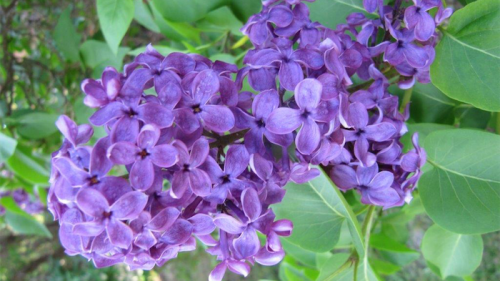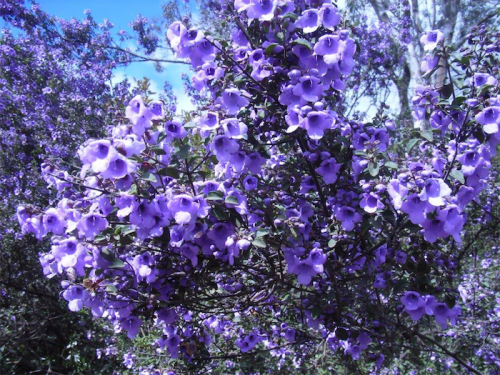
LILAC is a hard plant to kill, which means it’s one of those that anyone can grow successfully.
It’s almost a given that lilacs, renowned for their colour and fragrance, will do well. Most grow up to three metres and benefit from removing old flowering wood immediately after they flower.

They originate from south-east Europe, China and Korea and are untroubled by our cold winters.
Many modern lilacs were bred by the Frenchman Victor Lemoine and his son Emile, who raised many lovely cultivars in their nursery at Nancy, France, in the late 19th and early 20th century.
Examples of the Lemoines’ work in hybridising lilacs include:
- The semi-double-to-double flowers of Syringa Belle de Nancy (1891) that change from lilac-pink fading to bluish-mauve.
- S. Katherine Havemeyer (1922) with double purple-lavender flowers.
- S. Madame Lemoine (1894) with creamy-yellow flowers turning to pure white.
All these are still grown today and available from most garden centres along with dozens of other tempting varieties.
IN passing, Prostanthera ovalifolia (photographed in Commonwealth Park) along with P. rotundifolia could make companion plants for lilacs with the flower colours very similar. They grow up to three metres, but can be kept small with judicious pruning after flowering. They make a lovely show for any garden.

COUCH grass, despite the complaints, makes an extremely tough lawn. The only problem is that it dies back in winter.
We might think couch in lawns is a recent problem, but reading in “Country Life” magazine on the establishment of Painshill Park in England in 1738, Charles Hamilton, of the Earl of Abercorn’s family wrote: “The soil had to be improved before anything else. Four or five ploughings brought all the couch grass and weeds to the surface. This was then raked up into heaps and burnt”.
AN over emphasis is placed on getting the pH of the soil correct, indicating if the soil is acid or alkaline. Interestingly, at least 75 per cent of all plants are acid lovers.
Thirty years ago I owned a CSIRO soil-testing kit and ended up getting frustrated in that the soil seemed to vary every few yards. I haven’t tested soil since that time.
I simply work to improve the soil in our garden by, firstly, adding compost from my own compost heap, as I know what is in it and, secondly, applying organic mulch in spring to between 50mm-75mm thick.
Mulching is vital to inhibit evaporation with a long, hot summer predicted. Always thoroughly wet the ground before adding mulch. As Mark Griffiths, editor of the “New Royal Horticultural Society Dictionary of Gardening”, writes: “I’ll say what I have been saying since youth, phooey to pH”.
Jottings…
- Our average annual rainfall since 1870 is 619mm. The annual evaporation is a staggering 1800mm! Mulch the garden now.
- Don’t put tea or coffee bags into the compost heap as it takes forever for them to break down and avocado skins never break down.
- Plant perennials for spring-to-autumn colour, garden centres are awash with perennials in flower.
- The Geranium and Fuchsia Society will hold a plant sale at St James Uniting Church Hall, Gillies Street, Curtin, 2pm-4pm, on Saturday, November 3. Entry is $2.
Who can be trusted?
In a world of spin and confusion, there’s never been a more important time to support independent journalism in Canberra.
If you trust our work online and want to enforce the power of independent voices, I invite you to make a small contribution.
Every dollar of support is invested back into our journalism to help keep citynews.com.au strong and free.
Thank you,
Ian Meikle, editor




Leave a Reply